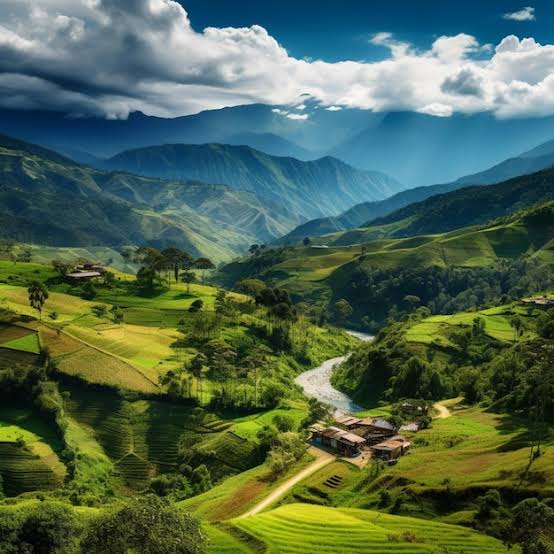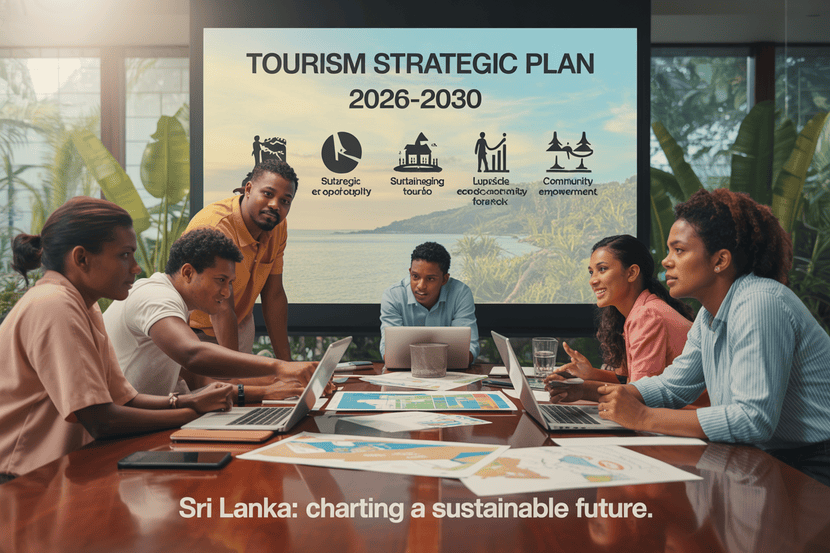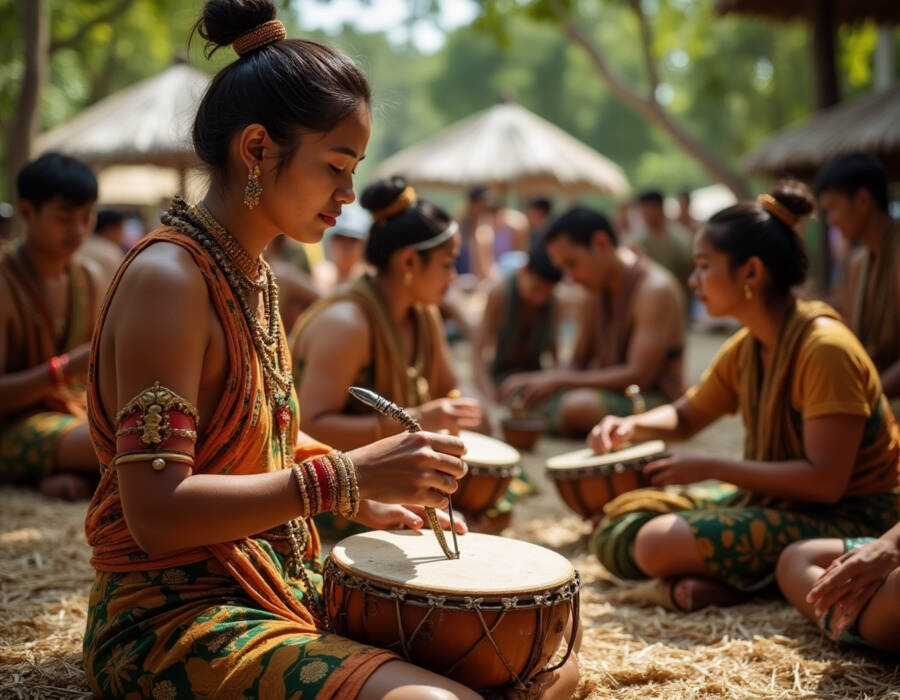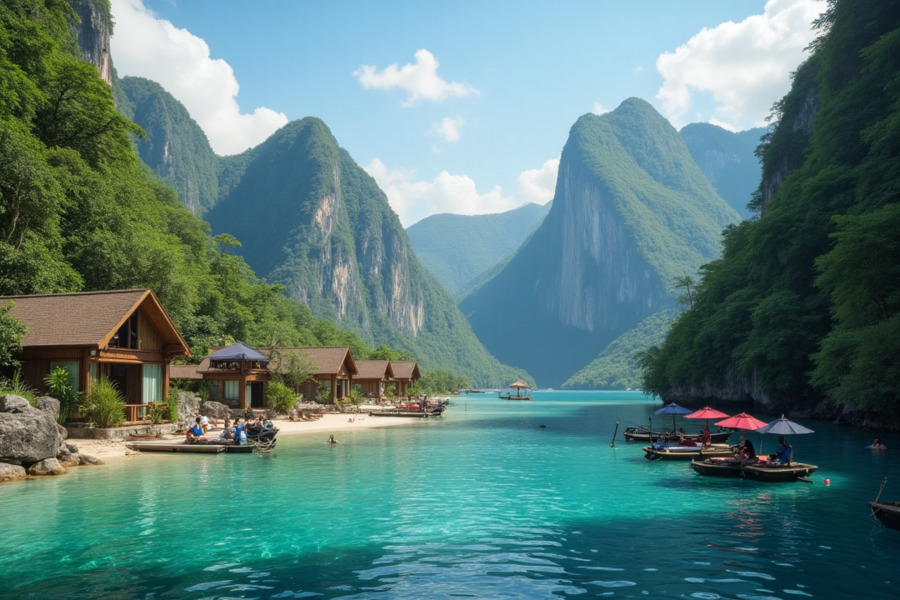≡-Manipur’s Tourism Industry Faces Severe Decline Amid Ethnic Crisis: New Update – Viral of Today
<> Viral of Today <>
Home » TOURISM NEWS » Manipur’s Tourism Industry Faces Severe Decline Amid Ethnic Crisis: New Update Friday, June 27, 2025Manipur, once a thriving destination known for its rich culture, natural beauty, and vibrant events, is facing one of the most challenging periods in its tourism history. The state’s tourism industry, which once attracted both domestic and international visitors, has experienced a steep decline due to a series of setbacks. These setbacks began with the global COVID-19 pandemic, and have been further compounded by the ethnic unrest that erupted on May 3, 2023. The combination of these crises, along with government-imposed travel restrictions, safety concerns, and the cancellation of major events, has led to a sharp drop in tourist footfalls, both from within India and abroad.The pandemic had already placed immense pressure on global tourism, with travel restrictions, lockdowns, and health concerns forcing tourists to reconsider or cancel their trips. For Manipur, the impact of COVID-19 was particularly severe. Tourism in the state, which had been flourishing prior to the pandemic, came to a virtual halt. Hotels, tour operators, and local attractions saw a dramatic fall in business as the state’s key tourist destinations became largely inaccessible or unappealing due to the risks associated with the virus.However, the situation did not improve after the pandemic. In fact, Manipur’s tourism sector was dealt another devastating blow with the onset of the ethnic violence in May 2023. The state, which has been experiencing ethnic strife between various communities, has seen escalating tensions and violence. This unrest has made it difficult for visitors to feel secure, further deterring potential travelers. The situation is exacerbated by the ongoing conflict, which has led to the suspension of major cultural events, tourist activities, and even everyday services in many parts of the state.Travel Regulations and Permit Confusion: A Barrier to Foreign VisitorsManipur, like several other states in India, operates under the Foreigners (Protected Areas) Order, 1958, which requires foreign nationals to obtain a Protected Area Permit (PAP) to enter certain areas. This order has long been in place as a measure to control foreign access to certain regions in India, especially those in sensitive border areas. While the government relaxed this restriction temporarily in the past, it was reinstated on December 19, 2024. As a result, foreign tourists wishing to visit Manipur must now navigate this complex and bureaucratic process.For many tourists, this requirement can be an obstacle, and the recent reimposition of the PAP has created confusion among both visitors and tour operators. H. Radhakrishna, the managing partner of Seven Sisters Holidays, expressed concerns over the complexity and inconsistency of the regulatory framework. “The process is so complicated that even experienced travel agencies are struggling to keep up with the frequent changes in policies,” he explained. The confusion surrounding travel permits has made it even more difficult for potential tourists to plan their trips to the region, discouraging many from visiting altogether.Even more troubling is the impact on Indian citizens living abroad, particularly those who have foreign spouses or children. In some cases, families with foreign nationals face significant challenges when trying to bring their loved ones to visit Manipur, highlighting the systemic issues within the permit process. The bureaucratic hurdles have led to frustration among families who find it increasingly difficult to navigate the red tape.Major Events Canceled: Loss of Cultural and International AppealManipur’s tourism industry has been hit hardest by the cancellation of major events, which were once a significant draw for visitors from both within India and abroad. The Sangai Festival, which was considered the state’s flagship tourism event, used to attract large crowds, showcasing the unique cultural heritage of the region. The festival, named after the endangered Sangai deer, featured traditional performances, crafts, and culinary delights. It was one of the most anticipated events of the year, bringing together tourists and culture enthusiasts from across India and the world.Unfortunately, the festival has been canceled for several years in a row, first due to the pandemic and later due to the ongoing ethnic unrest in the region. The lack of such signature events has significantly impacted the tourism flow, as visitors who once traveled to Manipur specifically for the Sangai Festival have now been left with limited options for cultural experiences. Without these key events, the state has lost much of its appeal as a cultural hub.Similarly, the cancellation of the Manipur International Polo Tournament, another major international event, has dealt a severe blow to the state’s tourism sector. Polo enthusiasts from around the world used to flock to Manipur, the birthplace of modern polo, to witness the sport in its historic home. According to a member of the All Manipur Horse Riding and Polo Association (AMHRPA), the tournament’s cancellation was a significant setback for the state. “Polo lovers from all over the world dream of visiting Manipur to see the sport in its most authentic form,” he said. With the tournament’s cancellation, the region lost a key tourist attraction, further diminishing its international appeal.However, efforts are underway to bring the tournament back later this year. Organizers are currently navigating the laborious process of securing permissions and clearances from various central government agencies, which has been a challenge in itself. While the event’s return is a positive step for Manipur’s tourism industry, it remains to be seen whether it will be enough to restore the state’s reputation as a prime international polo destination.Loktak Lake and the Decline in Local TourismLoktak Lake, the largest freshwater lake in eastern India, has traditionally been one of the most popular tourist attractions in Manipur. Known for its unique floating phumdis (masses of vegetation), the lake is home to the endangered Sangai deer, which attracts wildlife enthusiasts and nature lovers. However, the ongoing ethnic violence in the region has had a direct impact on tourism at Loktak Lake. Mairenbam Tomcha, who runs a tourist site at the lake, shared that the fear of violence among visitors has escalated in recent months, particularly after a civilian was shot dead at the residence of former Chief Minister M. Koireng by suspected Kuki militants.This incident, which took place in a high-profile location, has heightened security concerns among tourists. As a result, many visitors who once flocked to the lake to witness the beauty of the Sangai deer and the serene environment have now avoided the area due to safety concerns. “Earlier, hundreds of tourists would visit the lake, but now the numbers have dropped drastically,” Tomcha said. The lake, once a thriving hub of tourism, is now grappling with dwindling visitor numbers as a direct result of the conflict.The Decline in Visits to the Imphal Peace MemorialAnother area that has witnessed a sharp decline in visitors is the Imphal Peace Memorial at Bishnupur, which was established by the Japanese government to honor the around 60,000 Japanese soldiers who died in Manipur during World War II. Prior to the ethnic unrest, the memorial attracted over 1.3 lakh visitors annually, including family members of Japanese and Allied soldiers. However, the recent violence in the region has led to a dramatic drop in visitor numbers, with the memorial now seeing nearly zero visitors. “The memorial was once a place of reflection and remembrance, but now it has become almost completely deserted,” an official noted.This is another example of how the ongoing unrest is negatively impacting tourism in Manipur. Despite the region’s historical significance and cultural landmarks, visitors are increasingly hesitant to travel to areas that are perceived as unsafe.The Impact of the US Travel AdvisoryThe recent travel advisory issued by the United States, urging its citizens to avoid visiting Manipur, has added to the growing concerns within the local tourism industry. Travel advisories from major countries such as the U.S. can have a significant impact on tourism, as many international travelers rely on these advisories when making travel decisions. The fear among local tour operators is that other countries may follow suit, issuing similar advisories that could further harm the sector.To date, the Manipur government has not issued any formal response to the U.S. travel advisory. This lack of communication has left many in the tourism sector feeling abandoned and uncertain about the future. Without strong government intervention and a clear policy framework, the industry may continue to suffer.The Road to Recovery: What’s Needed for Manipur’s Tourism Industry?The road to recovery for Manipur’s tourism industry is a challenging one, but not impossible. Experts believe that in order to revitalize the sector, there must be greater policy clarity regarding travel regulations and security. Tour operators have emphasized the need for a more consistent and transparent permit system, which will make it easier for foreign tourists to visit the state without the confusion and delays currently associated with the PAP process.Additionally, there is a need for improved security measures to ensure the safety of visitors. Rebuilding confidence among international tourists will require a concerted effort from both the state and central governments to address the ongoing ethnic tensions and ensure the safety of travelers.Finally, the promotion of Manipur’s unique cultural and natural heritage must be a priority. Efforts to revive major events like the Sangai Festival and the Manipur Polo International Tournament will help restore the state’s appeal as a tourism destination. Robust marketing campaigns and partnerships with international travel agencies could also help to rebuild Manipur’s reputation on the global stage.In conclusion, while Manipur’s tourism industry faces significant challenges, there is hope that with concerted efforts from all stakeholders, including the government, tour operators, and local communities, the state can once again become a thriving tourism destination. However, this will require clear policy frameworks, improved security, and a strategic push to restore confidence among travelers. Only time will tell if these efforts will be successful, but without immediate action, the road to recovery may remain a distant goal.Tags: Covid-19, Ethnic Crisis, Imphal Peace Memorial, international visitors, local events, Loktak Lake, Manipur, polo, Protected Area Permit, Tourism, tourism revival, Travel Regulations, US Travel Advisory
This information will surprise you!
See also
- Read until the end to discover everything.
- Important information you need to know.
- Interesting facts and helpful tips.
Conclusion
Did you enjoy the news? Keep following us daily!













